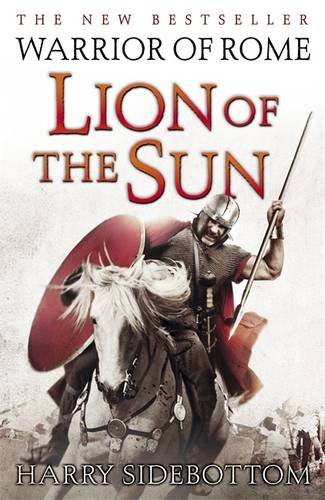Warrior of Rome: Lion of the Sun
In the eastern empire of Rome the frail Valerian has been betrayed and captured by the Persian Sassanid King of Kings. This same year, 260 AD, his son in the West, Gallienus, has defeated those barbarians who attacked unarmed northern Italy. It is four years since the siege and fall of Arete, and General Ballista remains in Mesopotamia. Seized with his Emperor he can only look on helplessly, vowing to avenge the treachery and to destroy all those who have brought about this humiliation.
Thus, seamlessly, Harry Sidebottom continues his Warrior of Rome series with this third part, Lion of the Sun, returning to firmer ground in a brutal and gripping account of the attempt to destroy Rome from the very edges of empire. Family interest in the shape of Ballista’s wife Julia and his sons makes for a softer edge to the story, but this does not lessen the impact of bloody ancient warfare, the carnage and human debris left to moulder on battlefields and in city streets.
There is a degree of historical obscurity in the events which are depicted here, and the author demonstrates a depth of research which introduces a new dimension to this genre. Facts garnered from obscure ancient documents and literature provide a convincing portrait of the ancient past.
As in the previous novels of the series, it is necessary to appreciate the Latin and other terms used in the text. Constant reference to the various appendices slows the flow of the story and footnotes would have been easier to use for key words.
The novel draws to a close with Queen Zenobia of Palmyra whispering nuggets of treason into willing ears. Harry Sidebottom writes with imaginative flair and undoubtedly has more engrossing scholarship to share with his readers.










